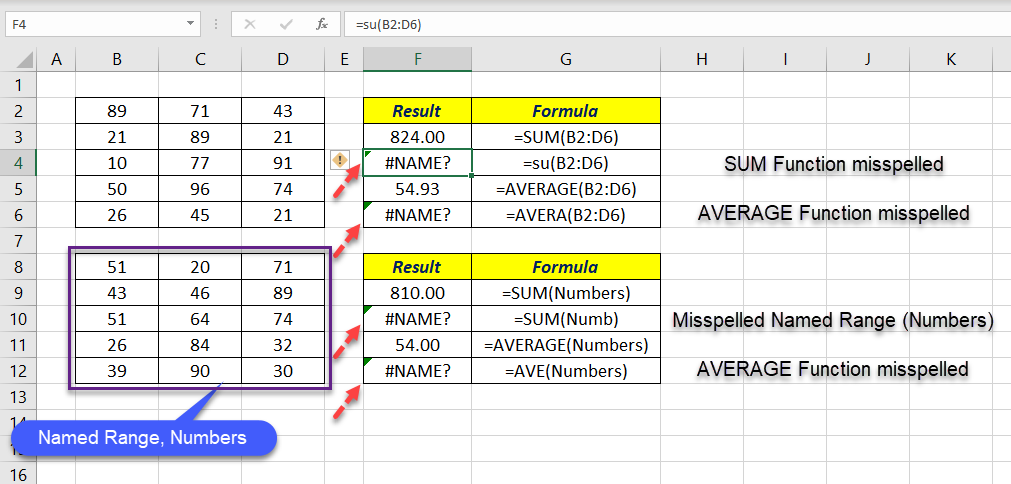

Thus 68% of all sample means will be within one standard error of the population mean (and 95% within two standard errors). The formula for standard error = standard deviation / sqrt(n), where “n” is the number of items in your data set. What is the formula for standard error in Excel? It gives the precision of a sample mean by including the sample-to-sample variability of the sample means. How do you calculate standard error? The standard error is calculated by dividing the standard deviation by the sample size’s square root. What is the formula for calculating standard error? This would mean that if your data point value is 100, the error bar will be from 95 to 105. For example, in our chart above, we added the percentage error bars where the percentage value was 5%. It will show the specified percentage variation in each data point. Percentage – adds error bars with the default 5% value, but you can set your own percentage by choosing More Options. Standard Error – displays the standard error of the mean for all values, which shows how far the sample mean is likely to be from the population mean.

How do you calculate error bars in Excel? – Related Questions What is standard error bars in Excel? They give a general idea of how precise a measurement is, or conversely, how far from the reported value the true (error free) value might be. What do standard error bars show? Error bars are graphical representations of the variability of data and used on graphs to indicate the error or uncertainty in a reported measurement. How do you calculate error in Excel? As you know, the Standard Error = Standard deviation / square root of total number of samples, therefore we can translate it to Excel formula as Standard Error = STDEV(sampling range)/SQRT(COUNT(sampling range)).


 0 kommentar(er)
0 kommentar(er)
